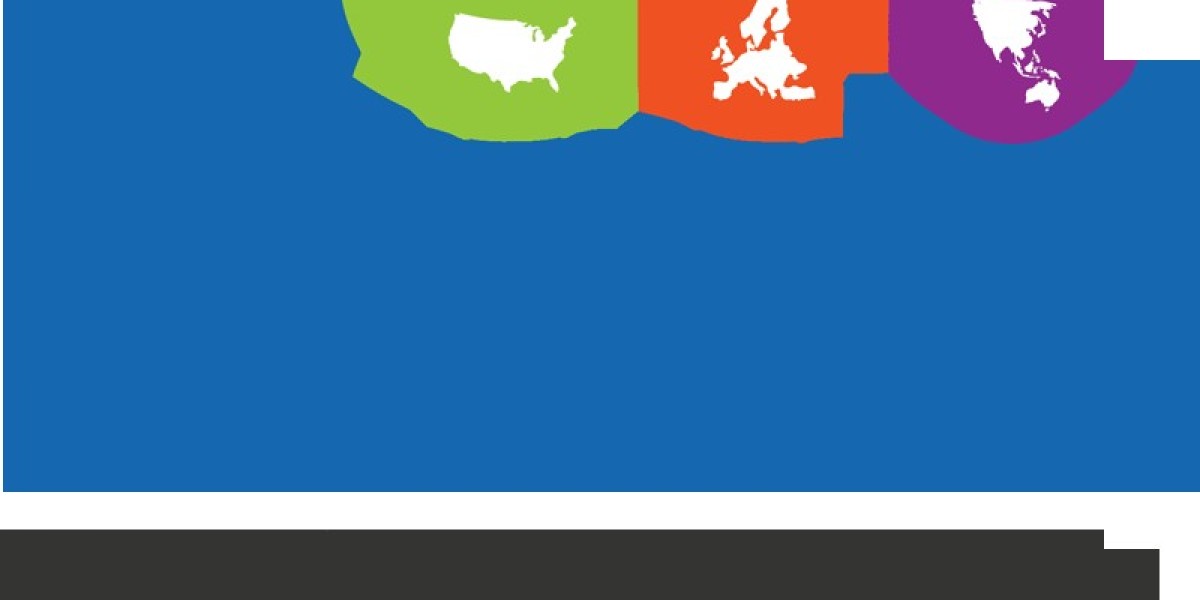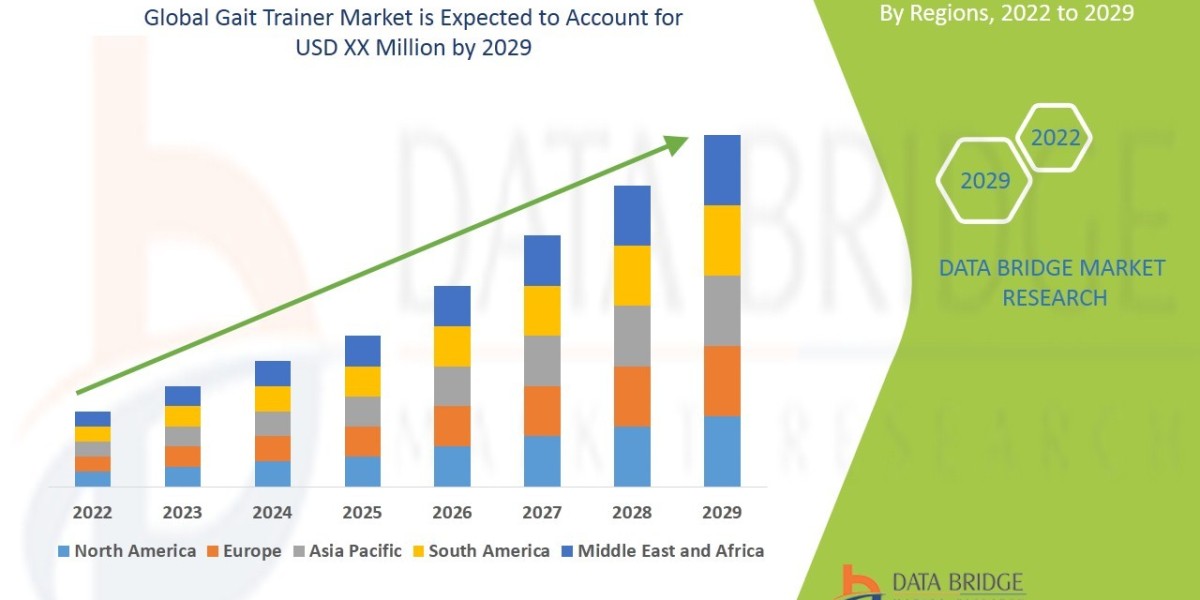The global malt beverage market is experiencing robust growth as consumers increasingly embrace malt-based drinks for their rich flavor, nutritional value, and versatility. From traditional malted drinks to modern energy and flavored malt beverages, the industry is expanding rapidly across both alcoholic and non-alcoholic segments.
The worldwide malt beverage market size is estimated to be USD 8.04 billion in 2025 and is projected to reach USD 19.03 billion by 2035, reflecting a compound annual growth rate (CAGR) of 9% during the forecast period. This growth is driven by several key factors, including the increasing demand for flavored malt beverages (FMBs), the rise of non-alcoholic alternatives, and the growing popularity of craft and premium products.
Growing Popularity of Non-Alcoholic Malt Beverages
As health consciousness rises globally, non-alcoholic malt beverages are gaining significant traction. These drinks are rich in essential nutrients, vitamins, and minerals, making them a healthier alternative to carbonated soft drinks. Consumers seeking natural energy sources and alcohol-free refreshment options are driving this market segment’s growth.
Innovation in Flavors and Product Varieties
Manufacturers are focusing on innovative flavor profiles, including fruit-infused, coffee-based, and herbal malt beverages, to attract a broader consumer base. The development of low-calorie, sugar-free, and functional malt beverages infused with ingredients like probiotics and vitamins is expanding the market appeal among health-focused consumers.
Get Instant Access for Only $3500 | Don’t Miss This Exclusive Offer!
https://www.futuremarketinsights.com/reports/sample/rep-gb-4378
Rising Demand for Alcoholic Malt Beverages
The alcoholic malt beverage segment continues to thrive, fueled by the popularity of flavored beers and ready-to-drink (RTD) cocktails. Consumers’ growing preference for light, refreshing alcoholic drinks with moderate alcohol content has created new opportunities for breweries and beverage companies worldwide.
Expanding Distribution Channels
E-commerce platforms and convenience stores are playing a crucial role in the global malt beverage market expansion. Online availability and subscription-based models are making it easier for consumers to explore and purchase different malt-based drinks. Moreover, partnerships with restaurants, cafes, and retail chains have further increased product accessibility.
Regional Insights
The market sees strong demand in North America and Europe, where malt beverages are a staple in the beverage industry. Meanwhile, the Asia-Pacific region is emerging as a fast-growing market, driven by rising disposable incomes, changing consumer preferences, and the increasing acceptance of non-alcoholic beverages among younger populations.
Sustainability and Premiumization Trends
Sustainability has become a major focus area, with manufacturers investing in eco-friendly packaging, organic malt ingredients, and ethical sourcing practices. The rise of premium and craft malt beverages—offering unique flavors and artisanal quality—is also reshaping the market landscape.
Future Outlook
The malt beverage market is poised for consistent growth, driven by product diversification, health-centric innovations, and an expanding global consumer base. As beverage companies continue to blend tradition with innovation, malt beverages are expected to remain a key category in both functional and indulgent drink segments.













